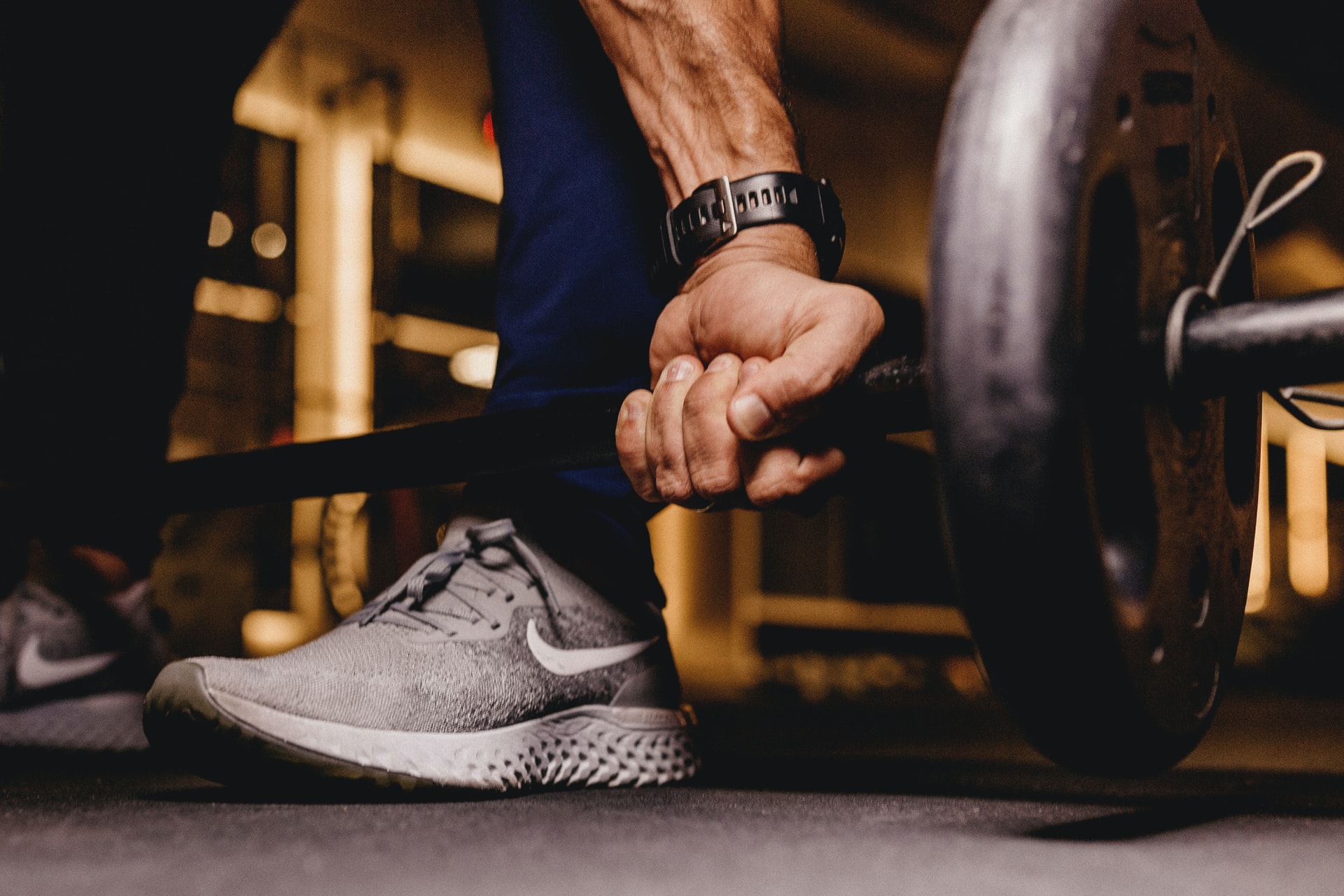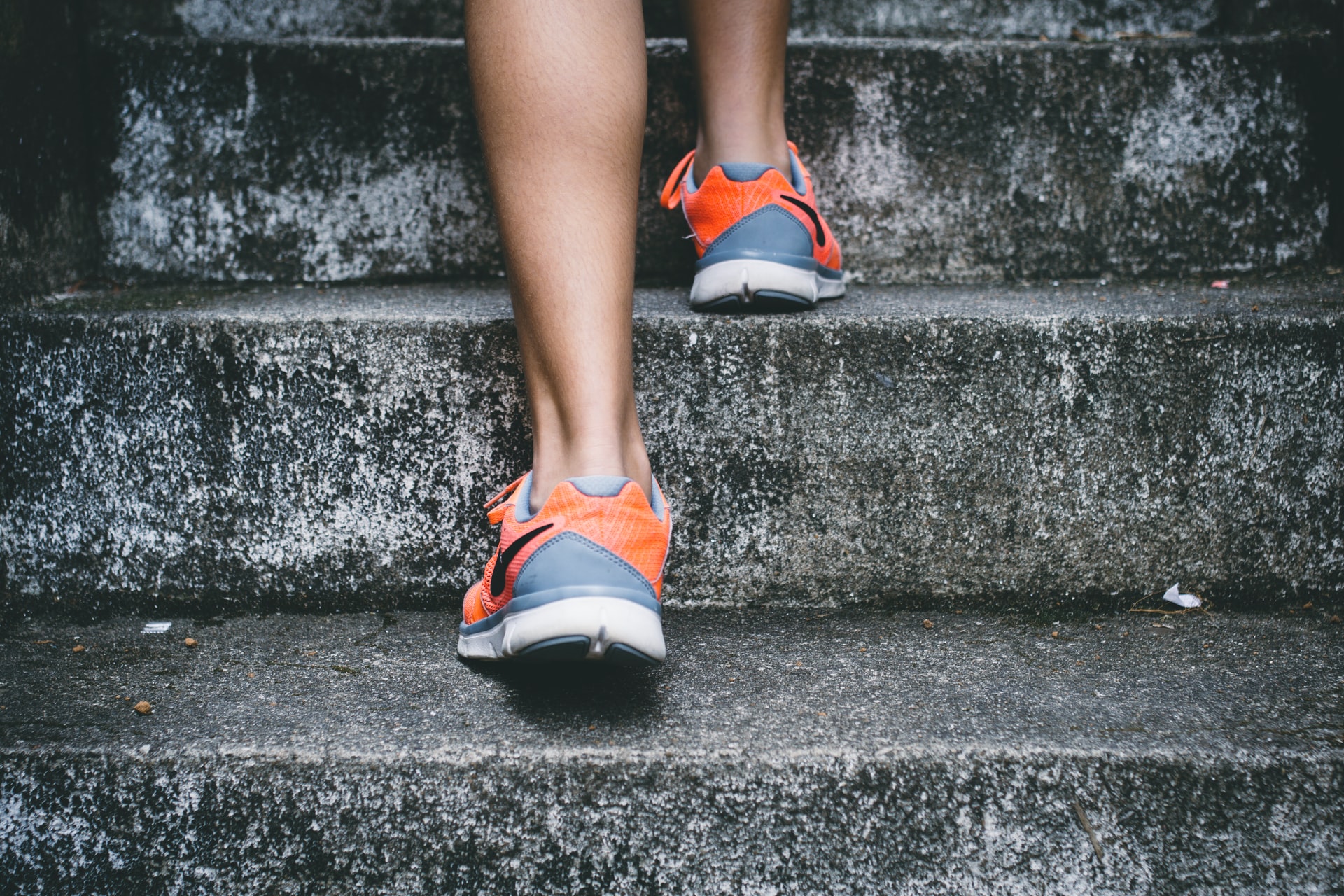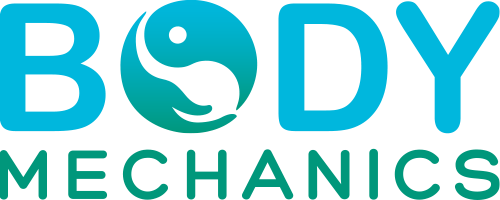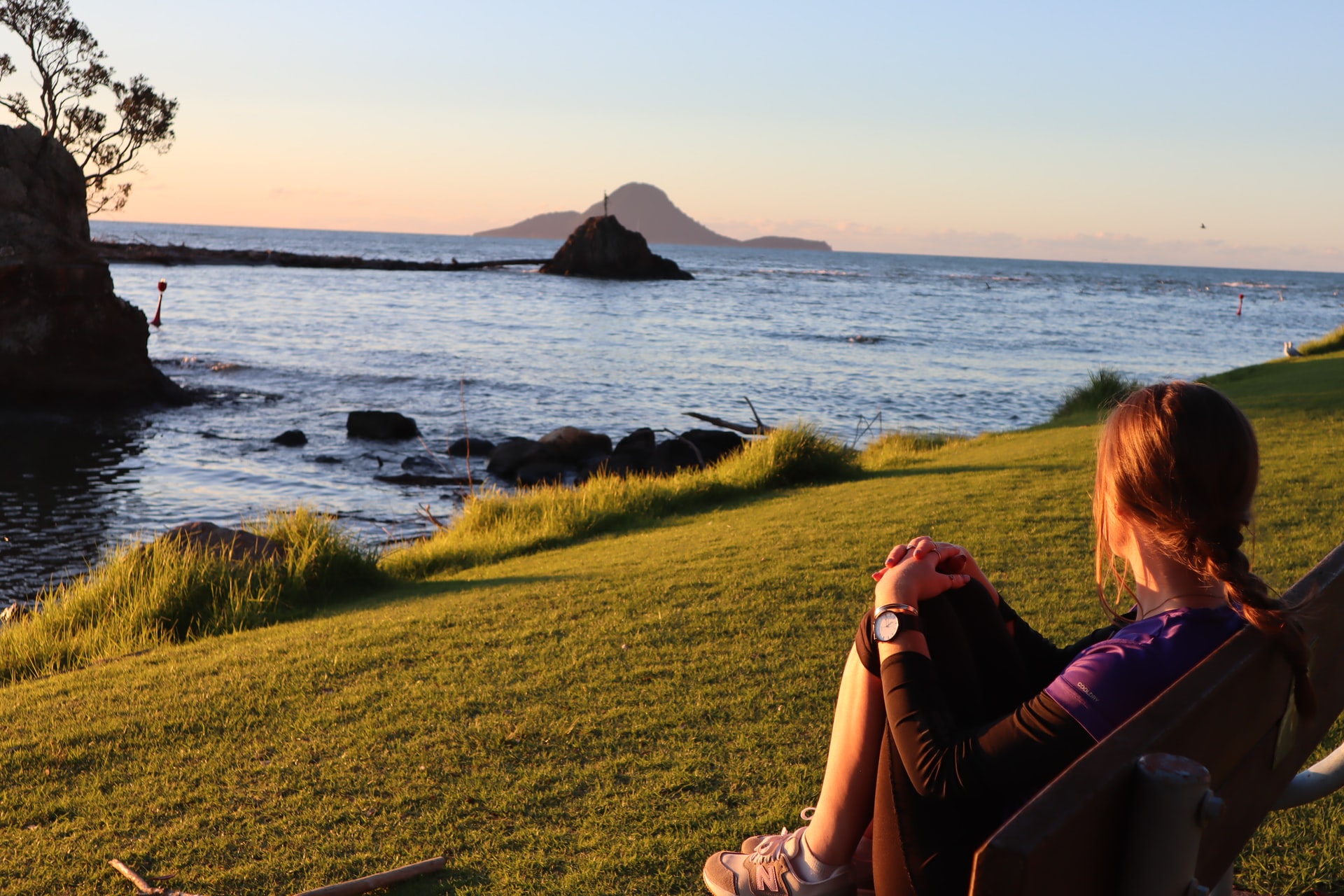What’s the difference?
We all know massages are relaxing and therapeutic. Sometimes, there’s nothing we crave more than laying on the massage table and letting a professional work out those aches and pains. Whether we wake up sore after going to the gym, have an achy neck and shoulders from sitting at our office desk too long, a niggling old sporting injury that likes to rear its head, or if we’re just stiff and sore on these cold winter mornings, a massage has benefits for everyone.

You probably already know that there are several types of massage, and that these different techniques focus on different parts of the body or healing approaches. However, you may not be sure which type of massage is best for you.
Here at Body Mechanics Whakatāne, we see the many benefits people receive from massage therapy every day.Our lovely team offers both deep tissue and sports massage as well as a range of other services, we feel so privileged to help people feel better.
In this blog, we’ll talk about deep tissue massage and sports massage, and explain what the difference is. Read on to find out which type would suit your body best.
Deep Tissue Massage
Deep tissue massage is a specific massage that treats musculoskeletal issues such as chronic muscle aches, pain, and tension, as well as muscle stiffness, and knots and strains deep within the connective tissues.
Many of our clients with a broad range of health concerns get great benefit from deep tissue massages, whether that be easing chronic lower back pain and chronic neck stiffness, injury recovery, reducing fibrosis formation during healing, or if they are looking for relief from chronic mental stress and anxiety.
Deep tissue massages cover a wide area of your body, rather than honing in on one particular muscle group. Usually, you would have a full body, upper body or lower body deep tissue massage, and you it will give you a deep sense of relaxation throughout your entire body.
Our massage therapists use firm sustained pressure and techniques such as kneading, friction, circular strokes, stripping, tapping and vibrations to manipulate the muscles and deep tissues of the body. These techniques increase circulation and flush out toxins by encouraging blood flow and oxygenation to the deep tissues.
The increased blood flow and sustained pressure loosens tight muscles and relaxes knots and strains. The techniques used also dissipate scar tissue and physically break down muscle adhesions (rigid tissue) that can cause pain and inflammation.
We recommend deep tissue massage if you are suffering from any sort of muscle pain, soreness, or fatigue. They are also beneficial for rehabilitation and recovery from exercise or physical stressors and can be very relaxing if you suffer from stress and anxiety.

Sports Massage
On the other hand, sports massage is focused on a more specific area of the body such as a hamstring or rotator cuff with the goal of preventing injury, aiding recovery from injury, increasing sports performance, improving range of motion, and enhancing recovery after training sessions. Sports massage can also be specific and if time allows a full body massage can be done, too.
Athletes and active people also often stress certain parts of their bodies through regular repetitive exercises and training regimes, and this can result in muscle tightening, muscle spasms, stiff muscles, and older muscle knots that have compounded over time.
Regular sports massage can realign muscles, improve biomechanics, and improve muscle imbalance. The more targeted focus on the problem areas assists in circulation and oxygen supply which help recover from and prevent further injury.
Sports massage is similar to deep tissue massage in that it uses firm pressure, kneading, friction, stripping, circular movements, and tapping, hacking, cupping, but it also uses passive stretching and some STR soft tissue release. This stretching naturally improves flexibility, which increases range of motion and in turn, sports performance.
Deep tissue and sports massages also differ with where and how firm the pressure is applied. A deep tissue massage applies firm pressure over a large area of the body and a sports massage applies firm pressure on a localised area and less pressure on the surrounding areas.
Sports massage can be done pre or post exercise. Our expert therapists at Body Mechanics Whakatāne will assess your range of motion and identify any muscle imbalances before deciding what area to focus on during the massage.
Here at Body Mechanics Whakatāne we recommend sports massage for all athletes, or anyone who engages in regular physical activity and especially those prone to sport-related injury. Basically, it’s a win win situation, regular sports massage will condition your body to perform at its best and reduce your chance of injuring yourself.

What can I expect from a deep tissue massage?
- Reduced muscular tension, pain, and stiffness
- Improved mobility and flexibility
- Improved circulation and blood flow
- Relief of chronic back and neck pain
- Will speed up the recovery process
- Help injuries heal correctly without fibrosis formation
- Reduction in stress and anxiety
- Overall relaxation
- Better sleep
What about the benefits of a sports massage?
- Reduced muscle tightness
- Improved flexibility
- Improved sporting performance
- Reduction in sports related injuries
- Will speed up the recovery process
- Help injuries heal correctly without fibrosis formation
- Increased range of motion
- Improved circulation and blood flow
- Decreased neurological excitability (because your nerves are more relaxed)
- Decreased muscle spasms
- Better sleep
Are deep tissue and sports massages painful?
Any massage can have a certain amount of discomfort, and some forms of massage can leave you feeling a bit sore the next day, but it shouldn’t be painful. It is important to have an open and honest relationship with your massage therapist and to speak up straight away if you experience discomfort. We will adjust the technique or further prep the area if your muscles are too tense.
For both types of massage, it is ideal to take a warm shower before your treatment to relax your muscles. Non-relaxed muscles are tense, and a warm shower beforehand will also promote better blood circulation.
It is also important to be well hydrated. A massage stimulates the lymphatic system, which in turn drives out toxins. Water is essential to flush out the toxins, so if you are not well hydrated, it is possible you experience a slight headache. Read our blog about hydration here.
Still not sure what type of massage is best for you? Just give our friendly team at Body Mechanics Whakatāne a call and discuss it with us. We’ll be more than happy to advise you.
When you book your first appointment with Body Mechanics Whakatāne we will start with a 15-minute personal consult during which your therapist will customise a massage treatment that works best for your body and addresses any specific concerns you have.

